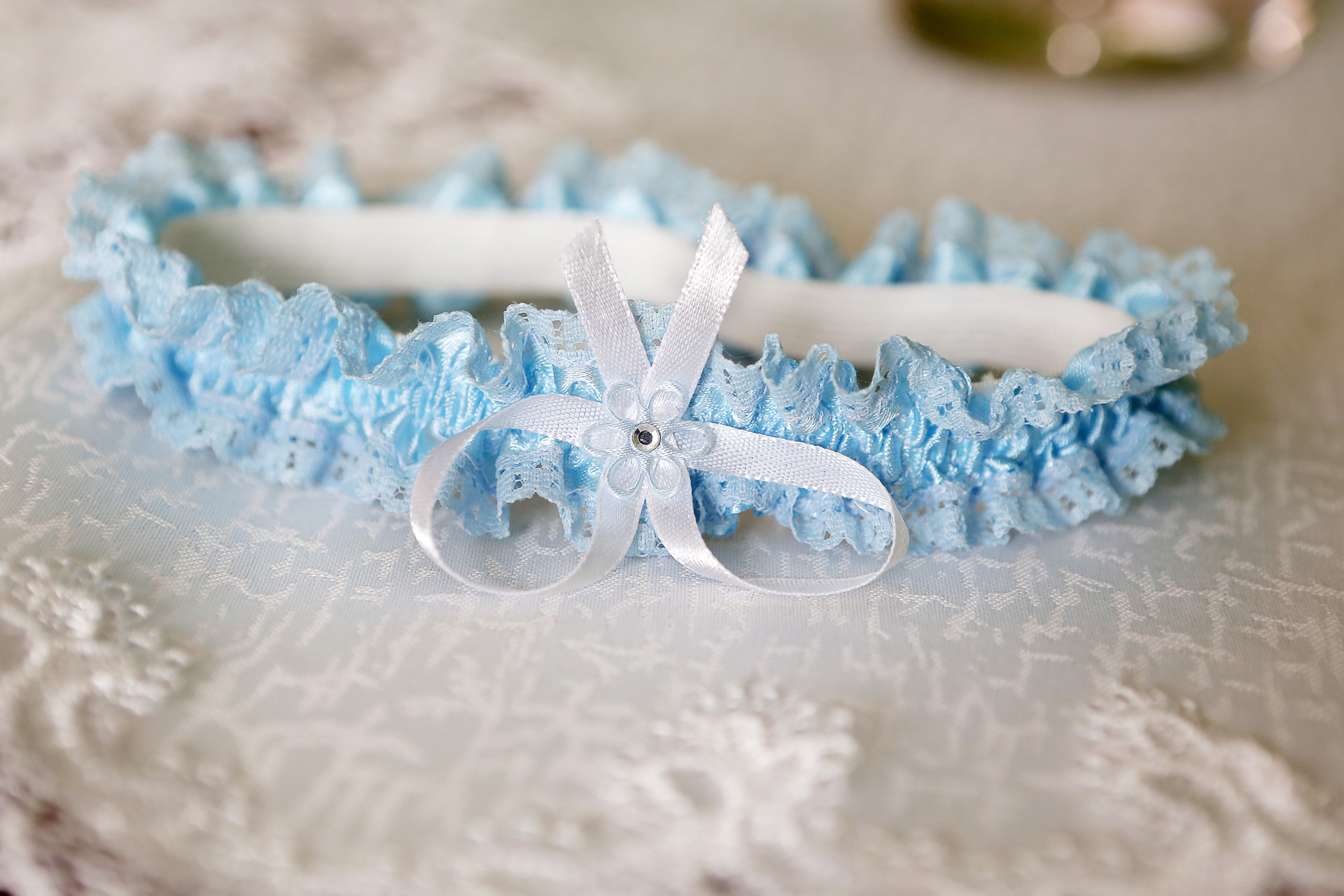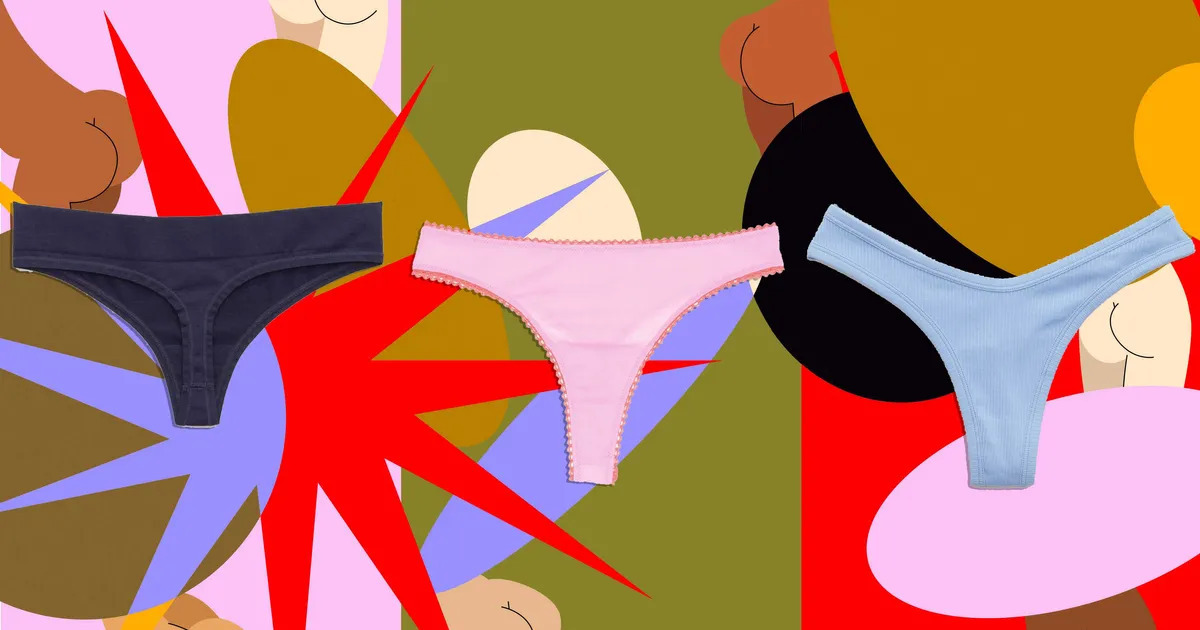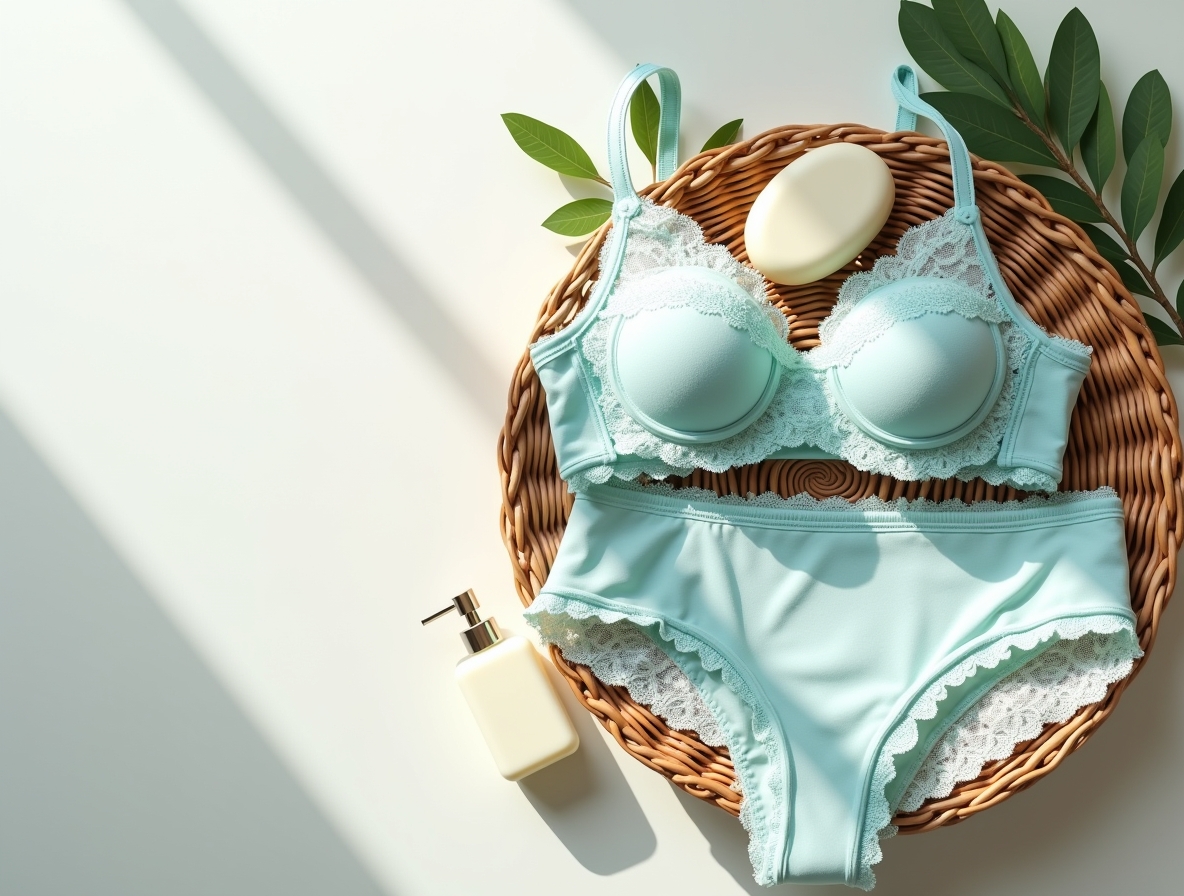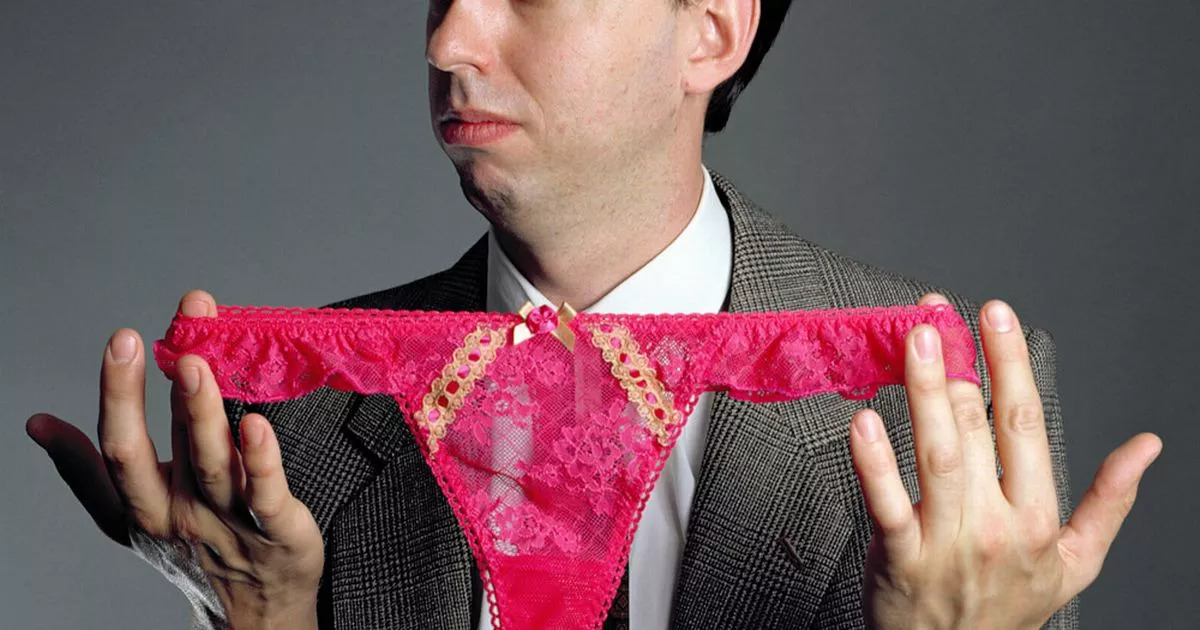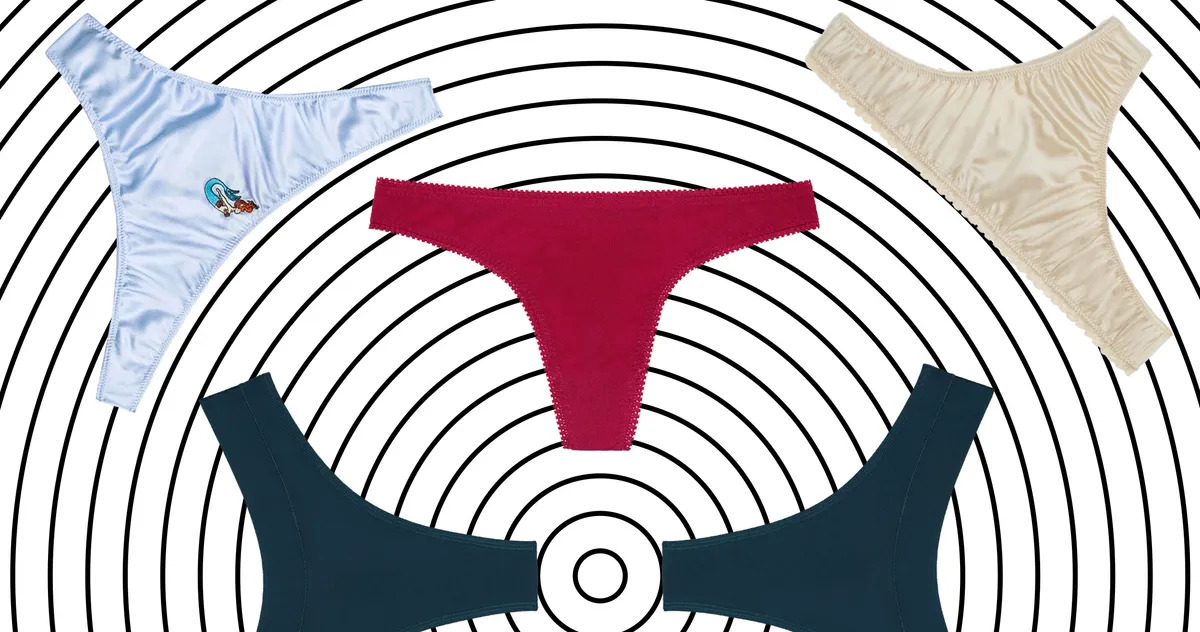Home>Women's Underwear>Thongs>Why Do Women Wear Thong
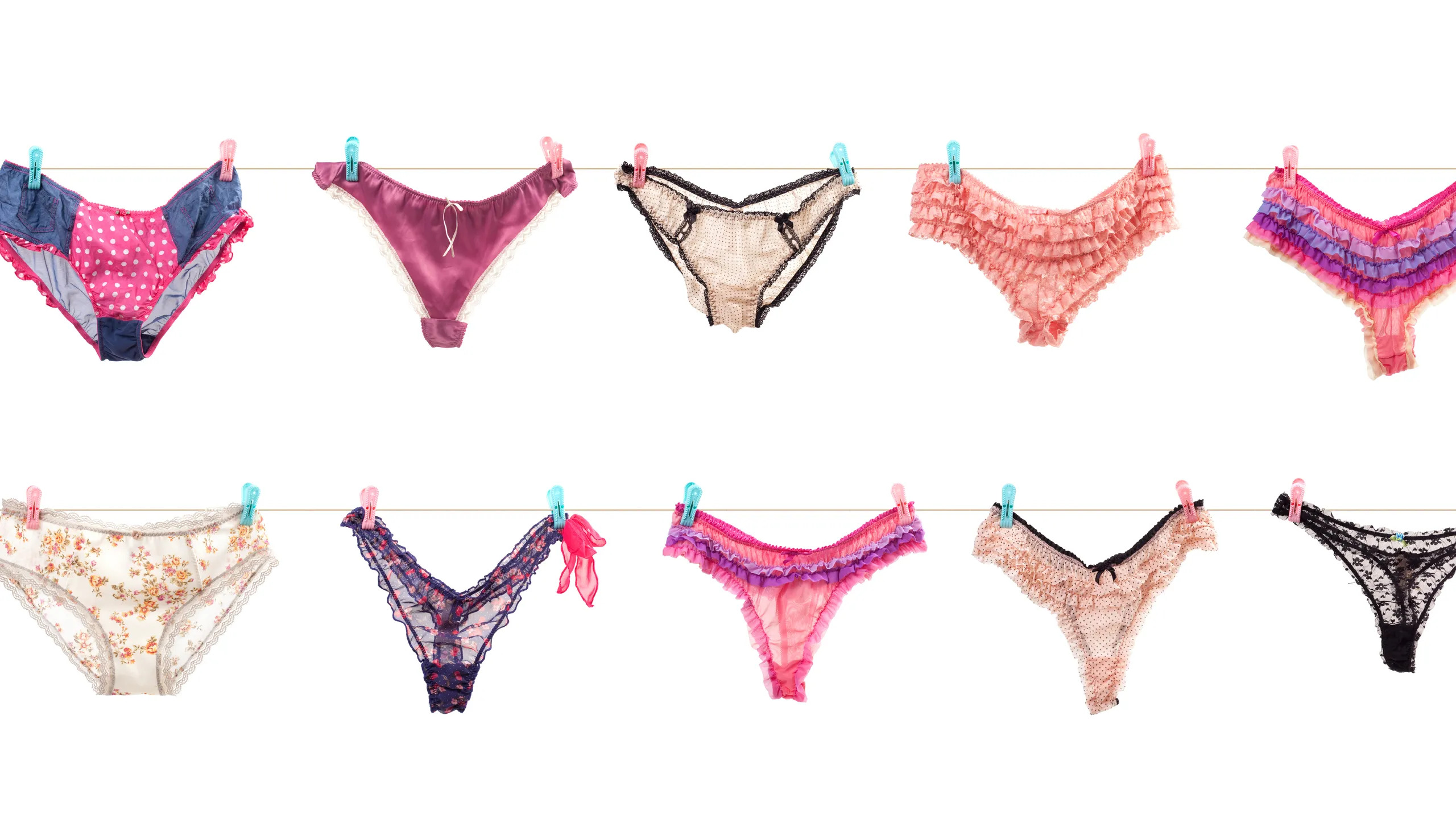

Thongs
Why Do Women Wear Thong
Modified: July 30, 2023
Discover the reasons why women choose to wear thongs and the benefits they provide. Explore the comfort, style, and confidence that come with wearing thongs.
(Many of the links in this article redirect to a specific reviewed product. Your purchase of these products through affiliate links helps to generate commission for Under-tec.com, at no extra cost. Learn more)
Table of Contents
Introduction
Thongs have been a staple in women’s lingerie and swimwear for decades. These minimalistic undergarments consist of a thin strip of fabric that passes between the buttocks, leaving the backside bare. While some may wonder why women choose to wear such an unconventional piece of clothing, the reasons behind thong wearing go beyond mere fashion trends.
Thongs have a fascinating history that dates back to ancient civilizations. The Egyptians, for example, were known to wear loincloths that resemble modern thongs. Over time, thongs evolved from functional garments to fashionable and culturally significant items of clothing.
Today, thongs are often associated with sexiness and sensuality. They have become a symbol of confidence and empowerment for many women. Women choose to wear thongs for a variety of reasons, including fashion and aesthetics, comfort and hygiene, sexual attraction and confidence, social pressure and expectations, and personal preference and empowerment.
In this article, we will delve deeper into each of these aspects and explore why women choose to wear thongs.
Historical Context
To truly understand the popularity of thongs in modern times, it’s essential to explore their historical roots. The concept of thong-like undergarments can be traced back to ancient civilizations. For instance, in ancient Egypt, both men and women wore loincloths made of linen, which closely resemble the modern-day thong.
In ancient Rome, the garment known as the subligar was worn by gladiators and athletes. This minimalistic piece of clothing consisted of a small strip of fabric that covered the genitals and passed between the buttocks. It provided freedom of movement and comfort during physical activities.
Throughout the centuries, thong-like undergarments persisted in various forms, becoming a symbol of culture and social norms. In some cultures, thongs were worn as a status symbol to distinguish the elite from the lower classes. In others, they were associated with modesty and hygiene.
In the 20th century, thongs gained prominence in popular culture, thanks to the influence of fashion icons and celebrities. The bikini, introduced in the 1940s, brought thong-style swimwear into the mainstream. However, it was not until the 1980s that thongs became a widely accepted and popular choice for women.
The rise of thongs in the 1980s can be attributed to various factors. First, the fashion industry began to embrace more revealing and form-fitting clothing, creating a demand for underwear that would not show visible panty lines. Thongs, with their minimal coverage, provided the perfect solution.
Second, the sexual revolution of the 1960s and 1970s challenged traditional notions of modesty and encouraged self-expression. Thongs became a symbol of sexual liberation and empowerment for women, allowing them to embrace their bodies and freedom of choice.
Today, thongs continue to evolve in terms of style, fabric, and design. They are not only worn as lingerie or swimwear but also incorporated into everyday wear, with seamless and lace options available for comfort and style. The historical context surrounding thongs highlights their enduring appeal and the cultural significance they hold for women.
Fashion and Aesthetics
One of the primary reasons women choose to wear thongs is for the fashion-forward and aesthetic appeal they offer. Thongs provide a sleek and seamless look that eliminates visible panty lines, making them the perfect choice for form-fitting clothing such as tight dresses, jeans, and leggings.
Thongs come in various styles and designs, allowing women to express their personal taste and style. From basic cotton thongs to intricate lace and satin options, there is a wide range of choices to suit different preferences. Women can match their thongs with their bras or opt for coordinating sets, creating a cohesive and stylish lingerie ensemble.
Besides their practicality, thongs have also become synonymous with sensuality and sexiness. They enhance the natural curves of the body and accentuate the buttocks, making women feel more attractive and confident. The minimal coverage of thongs leaves little to the imagination, adding an element of allure and seductiveness.
Furthermore, wearing thongs can make women feel empowered and in control of their sexuality. It allows them to embrace and celebrate their bodies, fostering a positive body image and self-confidence. By choosing to wear thongs, women can assert their individuality and personal style, expressing themselves through their choice of intimate apparel.
The fashion industry plays a significant role in shaping trends and popularizing thongs. They are often featured in fashion shows, magazines, and advertisements, creating a visual association between thongs and luxury, beauty, and glamour. By embracing thongs as a fashion statement, women can feel part of the ever-evolving world of style.
Ultimately, the fashion and aesthetic aspect of thongs is a driving force behind their popularity. They provide women with an opportunity to feel stylish, fashionable, and self-assured, allowing them to embrace their unique beauty and express their personal taste. Thongs have become an inseparable part of women’s wardrobe, serving as both a fashion-forward choice and a symbol of confidence.
Comfort and Hygiene
Contrary to popular belief, comfort is often cited as one of the main reasons why women choose to wear thongs. While the idea of a thin strip of fabric between the buttocks may initially seem uncomfortable, properly-fitting thongs can provide a comfortable and liberating experience.
Thongs are designed to minimize fabric coverage, reducing the potential for bunching up or feeling constrictive. The absence of excess fabric means freedom of movement and reduces the likelihood of chafing or irritation. Additionally, the thin waistband and lack of side seams offer a seamless and smooth feel against the skin, further enhancing comfort.
Moreover, wearing thongs can promote better hygiene for some women. Traditional underwear can sometimes cause moisture to collect in the vaginal and buttock areas, leading to discomfort and an increased risk of bacterial growth. Thongs, with their minimal fabric coverage, can allow for better airflow and ventilation, helping to keep the genital area dry and reducing the chances of infections.
Thongs made from breathable and moisture-wicking fabrics, such as cotton or bamboo, can provide additional comfort and hygiene benefits. These materials help absorb moisture and allow for better breathability, ensuring that women feel fresh and dry throughout the day.
It is important to note that individual preferences for comfort may vary. Some women may find thongs more comfortable than traditional underwear, while others may have different preferences based on their body type and personal comfort levels. It is crucial to choose thongs that fit well, are made of high-quality materials, and align with personal comfort preferences.
In summary, comfort and hygiene are significant factors contributing to the popularity of thongs. By providing a comfortable fit, minimal fabric coverage, and better airflow, thongs offer a combination of comfort and practicality. Women who choose to wear thongs can enjoy a sense of freedom, enhanced comfort, and improved hygiene, making them a preferred choice for many.
Sexual Attraction and Confidence
Thongs have long been associated with sexual attraction and confidence. The revealing nature of thongs, with their minimal coverage and emphasis on the buttocks, can enhance feelings of attractiveness and allure.
Wearing a thong allows women to showcase their curves and accentuate their natural assets, boosting their self-confidence and body image. The minimal fabric and lack of visible panty lines can give the appearance of a smoother and more sculpted silhouette, creating a sense of sexiness and desirability.
The connection between thongs and sexual attraction is not solely about how they appear to others, but also about how they make the wearer feel. Knowing that they are wearing something seductive and daring can evoke a sense of empowerment and playfulness for women. This newfound confidence can translate into various aspects of their life, including their intimate relationships.
Additionally, the association between thongs and sexual appeal is perpetuated by popular culture and media. Thongs are frequently portrayed as lingerie or swimwear in films, magazines, and advertisements, reinforcing the idea that they are garments designed to evoke desire and fantasy.
It is important to note that while thongs can enhance feelings of sexual attractiveness and confidence, they should never be seen as a requirement or expectation. Each individual should have autonomy over their choices when it comes to personal style preferences and intimate apparel.
Ultimately, the choice to wear a thong as a means of expressing sexuality and boosting confidence is a personal decision. It allows women to embrace their sensuality, celebrate their bodies, and exude a sense of self-assurance. Thongs have become a symbol of empowerment, empowering women to feel desirable, confident, and in control of their own sexuality.
Social Pressure and Expectations
In today’s society, there can be social pressures and expectations placed on women regarding their appearance and choices in clothing, including underwear. Thongs have become a symbol of femininity and sex appeal, and some women may feel compelled to wear them in order to meet societal expectations or fit into a particular image of attractiveness.
Media and popular culture play a significant role in shaping these expectations. Advertisements, fashion magazines, and social media often portray women wearing thongs as the epitome of beauty and desirability. This constant exposure can create a sense of pressure to conform and participate in the trend.
Additionally, societal norms surrounding body positivity and body acceptance can come into play. Some women may feel that by wearing thongs, they are conforming to a specific standard of beauty and fitting into the mold of what is considered attractive by mainstream society.
There can also be social pressure within peer groups and romantic relationships. Women may feel that wearing thongs is a way to be perceived as more confident, sexy, or desirable by others. The fear of judgment or exclusion from social circles can further reinforce the pressure to conform to these expectations.
However, it is important to acknowledge that no one should feel obligated to wear thongs or any other type of underwear simply to meet societal expectations. Women should feel empowered to make choices based on their own preferences and comfort levels, rather than succumbing to external pressures.
It is crucial to remember that personal choice and autonomy should always come first. Wearing or not wearing a thong should be a decision made for oneself, without feeling the need to conform to societal standards or expectations.
Ultimately, it is important for society to embrace and celebrate a diverse range of body types, styles, and personal preferences, freeing women from the pressure of conforming to a specific image. By promoting body acceptance and individuality, we can create a more inclusive and supportive environment where women feel empowered to make choices that align with their own values and comfort.
Personal Preference and Empowerment
At the core of the decision to wear a thong lies personal preference and the empowerment that comes with making choices based on individual desires and comfort. Some women simply prefer the feel and fit of a thong compared to other styles of underwear.
Personal preference plays a crucial role in determining one’s choice of intimate apparel. Each woman has her own unique preferences when it comes to comfort, style, and practicality. Some find thongs to be more comfortable, while others may prefer a different style that aligns better with their body shape and lifestyle.
Choosing to wear a thong can also be a form of self-expression and empowerment. It is a way for women to assert control over their bodies and exercise their personal style. By selecting a thong, women can embrace their individuality and showcase their confidence.
Thongs can serve as a reminder of personal agency and the freedom to make choices based on individual preferences, rather than societal pressures. It is about aligning with one’s own sense of style and comfort, rather than conforming to external expectations.
Furthermore, wearing a thong can be empowering on a psychological level. The act of intentionally selecting and wearing a thong can boost self-confidence, body image, and overall self-esteem. It allows women to embrace their bodies and feel comfortable in their own skin.
Empowerment through wearing a thong extends beyond the physical attributes. It is about embracing sensuality, celebrating one’s own sexuality, and feeling in control and proud of one’s body. It is a personal choice that can enhance a woman’s self-perception and help her feel more confident in her own skin.
It is essential to recognize that personal preference and empowerment in the context of wearing a thong differ from person to person. What may empower one woman may not hold the same significance for another. Each individual should have the freedom to explore and exercise their personal choices without judgment or external pressures.
By embracing personal preference and empowering women to make choices that align with their own desires, society can create an environment of inclusivity and acceptance. Women should feel empowered to wear or not wear a thong based on their personal preferences and comfort levels, rather than conforming to external expectations.
Conclusion
Thongs have transitioned from being simply a functional undergarment to becoming a symbol of fashion, confidence, and personal choice. Women choose to wear thongs for various reasons, including fashion and aesthetics, comfort and hygiene, sexual attraction and confidence, social pressure and expectations, and personal preference and empowerment.
The evolution of thongs throughout history highlights their enduring appeal and cultural significance. They have a rich historical context, dating back centuries and playing a role in various civilizations. Today, thongs continue to evolve in terms of style, fabric, and design, catering to a wide range of preferences and tastes.
Thongs offer a seamless and form-fitting solution, eliminating visible panty lines and allowing women to wear tight and figure-hugging clothing with confidence. They also provide comfort and hygiene benefits, with breathable materials and minimal coverage that promote better airflow and reduce the risk of moisture-related issues.
Furthermore, thongs are associated with sexual attraction and empowerment. They enhance feelings of attractiveness and sensuality, allowing women to embrace their bodies and express their individuality. However, it is important to note that women should never feel obligated to wear thongs solely to meet societal expectations or external pressures.
Ultimately, the decision to wear a thong is a personal one based on individual preferences and comfort. Each woman should have the autonomy to decide what type of underwear makes her feel confident and empowered. By embracing personal choice and promoting body acceptance, we can create a more inclusive and supportive environment where women feel empowered to make choices that align with their own values and comfort.
So, whether it is for fashion, comfort, sexuality, or personal expression, the decision to wear a thong is a testament to a woman’s autonomy and the freedom to make choices that bring her joy and make her feel confident in her own skin.

